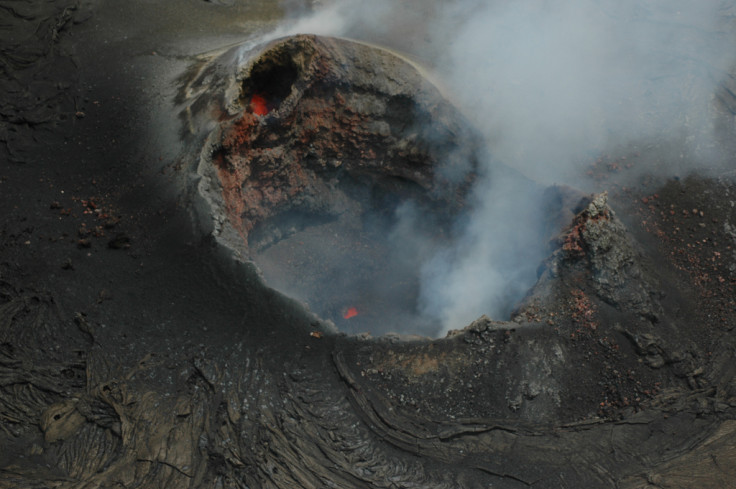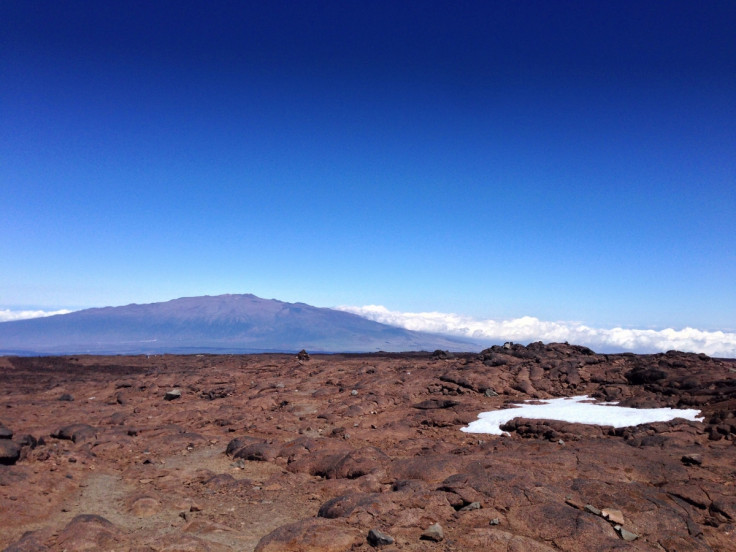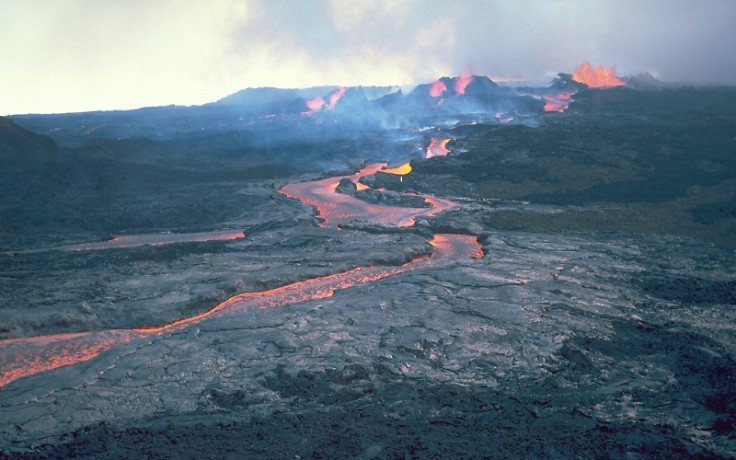Hawaii's Mauna Loa eruption? World's biggest active volcano has been rumbling back to life

The world's biggest active volcano, Mauna Loa, has been rumbling back to life, with seismic and deformation monitoring data showing increasingly frequent small earthquakes. This increased activity at the volcano, on Hawaii's Big Island, has been detected as early as 2013 and could be a signal of an impending eruption.
Mauna Loa, which is one of the world's most active volcanoes, has not erupted since 1984. The Volcano Alert Level was raised from Normal status to Advisory on 15 September 2015. Scientists at the US Geological Survey Hawaiian Volcano Observatory said the change indicated increased signs of unrest – but that this does not mean an eruption is "imminent or certain".

When a volcano will erupt is impossible to predict at present. There are, however, tell-tale signs – like increased seismic activity – that often precede an eruption. "It's possible that the increased level of activity at Mauna Loa could continue for many months, or years, without leading to an eruption," HVO scientist Tina Neal said at the time.
"It is also possible that the current unrest could be a precursor to the next eruption of Mauna Loa. But at this early stage, we cannot determine precisely which possibility is more likely."
Rumblings like what is being seen at the volcano at the moment have happened in the past, without an eruption taking place. Mauna Loa showed signs of unrest between 2004 and 2005 but never erupted, for example.
History of eruptions

Few records of eruptions at Mauna Loa exist before the 18<sup>th and 19<sup>th centuries. However, over the last 150 years it has erupted at fairly regular intervals. In the 20<sup>th century it has erupted at least 10 times. The volcano has not erupted since 1984, which was preceded by three years of increased volcanic activity. The 31-year-gap since is the longest period Mauna Loa of quiet seen in recorded history.
The biggest eruption at the volcano in the last 100 years took place in 1950 when lava erupted from a 20km-long fissure along a middle portion of the rift zone. It lasted for 23 days and erupted 376 million cubic meters of lava, with flows reaching the sea in less than four hours. While there was no loss of life, the village of Hoʻokena-mauka was destroyed.
What now?
The current areas where inflation and earthquakes are taking place are in the uppermost parts of Mauna Loa's Southwest Rift Zone and its southern summit area. Should an eruption take place, it is not known if it would stay in the summit or move into one of the rift zones. This will affect the communities living downhill from the volcano.
In an article written by scientists at the HVO for Hawaii 24/7, experts say the current period of unrest possibly points to an "unsteady influx of magma into the inflating area south-west of the summit caldera, with more magma intruding during times of higher earthquake rates".
However, what is going to happen over the coming months and years is not clear, they added. "Unrest at Mauna Loa is not following a simple script. This is why, at this point in time, it is not possible to forecast with certainty if or when the volcano will erupt as a result of this unrest."
© Copyright IBTimes 2025. All rights reserved.





















